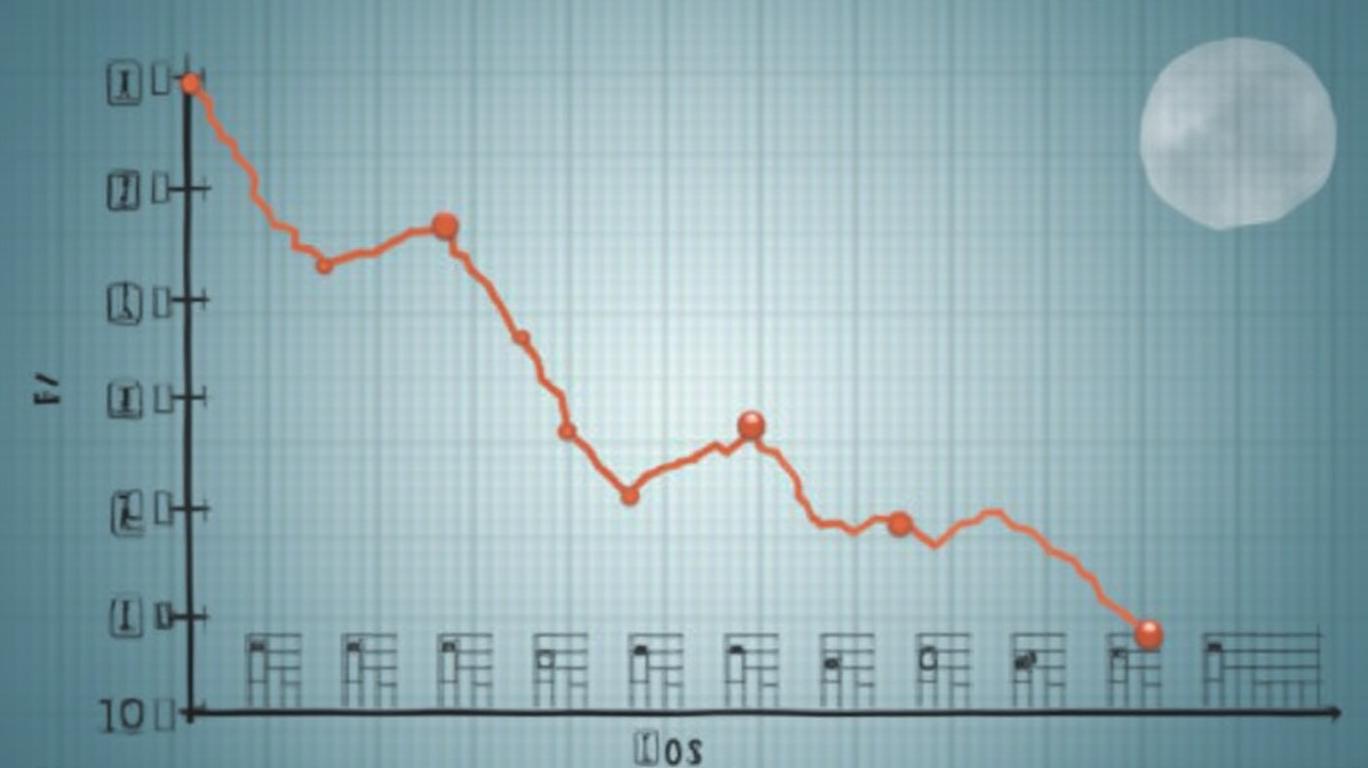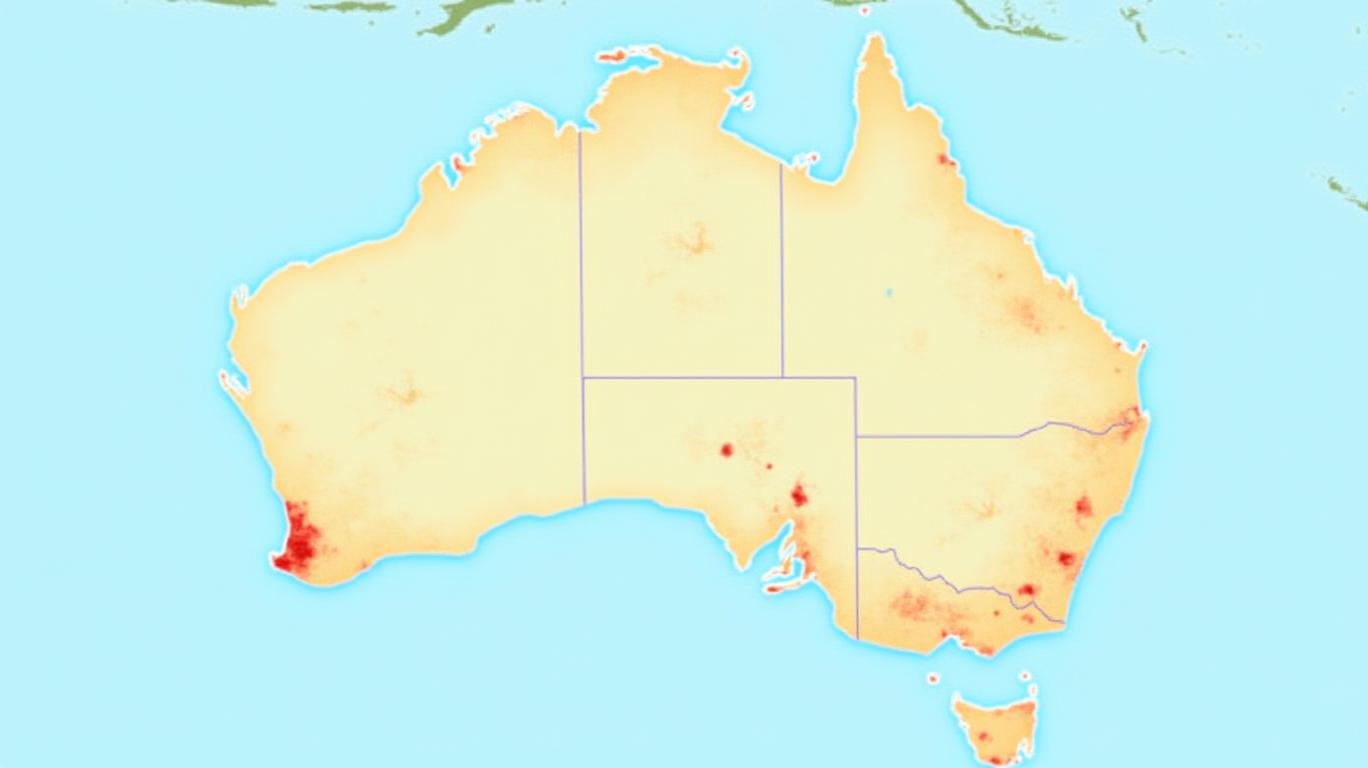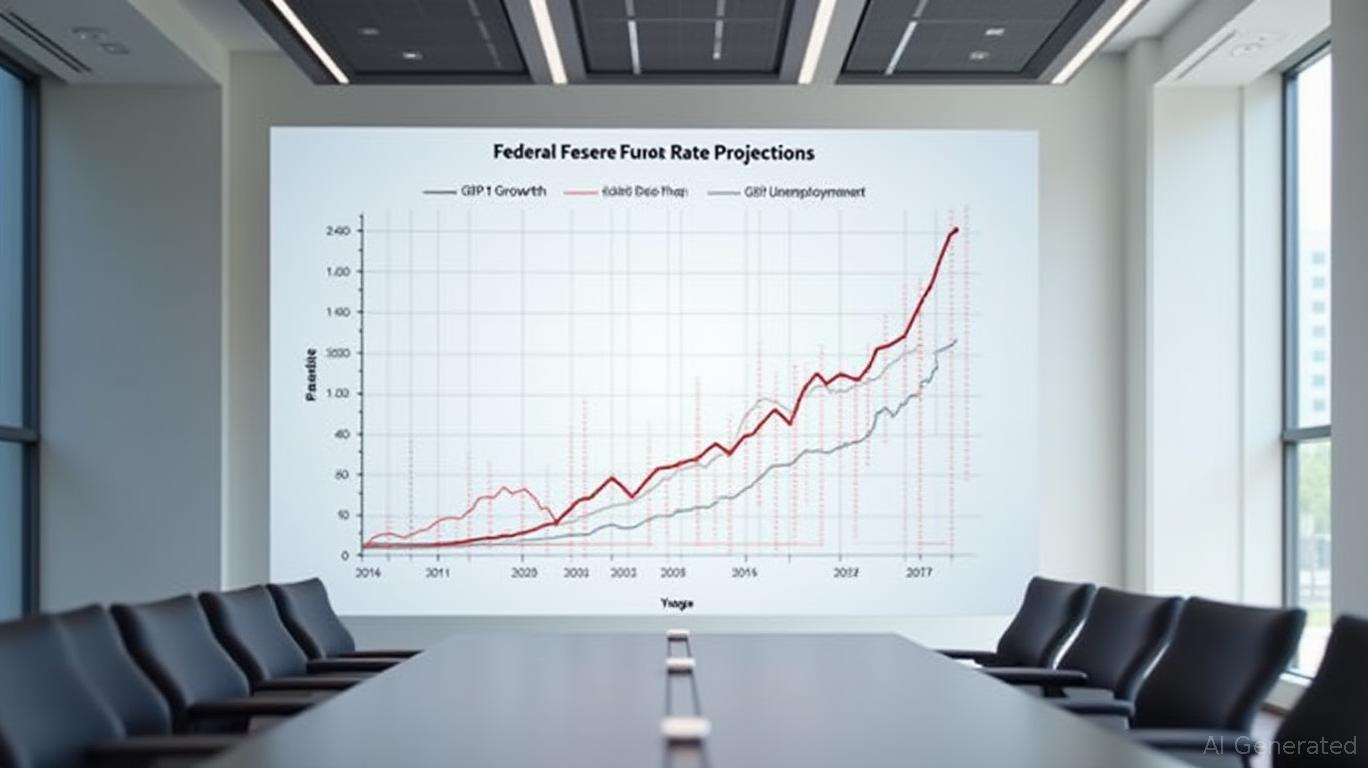Australia’s Inflation Holds Steady Amid Policy Support and Structural Shifts
The Reserve Bank of Australia (RBA) can breathe a cautious sigh of relief: Australia’s annual inflation rate held steady at 2.4% in the March quarter, within the central bank’s 2–3% target band. The quarterly CPI rose by 0.9%, driven by persistent price pressures in food and services, offset by sharp declines in energy costs due to government rebates. This delicate balance underscores a pivotal moment for investors—opportunities exist, but risks lurk beneath the surface.
Key Drivers: Subsidies, Housing, and Global Tensions
The March quarter data reveals a complex interplay of factors shaping Australia’s inflation landscape:
- Government Subsidies as a Double-Edged Sword
- Electricity prices plunged 13.2% annually due to the Commonwealth Energy Bill Relief Fund (EBRF), which directly reduced household bills. State-level rebates (e.g., $1,000 in Queensland) further dampened energy inflation.

Risk Alert: These subsidies are set to expire by late 2025, potentially triggering a temporary spike in headline inflation to 3.7% by 2026, as projected by the RBA.
Housing Market Softening
- Rents grew just 5.5% annually, the slowest pace since early 2023, as vacancy rates in Sydney and Melbourne rose. New dwelling prices edged up 1.6%, the weakest rate since 2021, reflecting builder incentives to boost sales.
Food and Services Defying Deflation
- Food prices rose 3.1% annually, with meat (+4.4%) and tobacco (+13.2%) leading gains. Even as fruit and vegetable inflation eased to 5.2% from a January peak of 7.0%, supply chain challenges persist.
- Services inflation, driven by education (+5.6%) and insurance (+7.6%), remains sticky, though motor vehicle insurance costs have cooled.
Historical Context: A Long Road to Moderation
Australia’s inflation journey since 2020 has been marked by extremes:
- 2022 Peak: Annual inflation hit 7.8%, the highest since the early 2000s, fueled by global energy spikes and supply chain bottlenecks.
- Gradual Decline: By March 2024, inflation had fallen to 3.6%, but the RBA’s trimmed mean—a core measure—only entered the 2–3% target band in early 2025.
RBA’s Policy Tightrope: Cutting Rates Cautiously
The RBA’s February rate cut to 4.10% (from a peak of 4.75% in mid-2023) reflects confidence in underlying disinflation. However, markets anticipate further easing, with the cash rate projected to fall to 3.5% by mid-2026. This cautious approach aims to avoid two pitfalls:
1. Overstimulating demand, which could reignite inflation.
2. Ignoring global risks like U.S.-China trade wars, which could disrupt supply chains and push up tradable goods prices.
Risks to the Outlook
- Global Trade Volatility: Escalating tariffs between major economies threaten to disrupt Australia’s export sectors (e.g., commodities, education) and inflate import costs.
- Labor Market Tightness: With unemployment at 4%, wage growth remains a wildcard. Private-sector wages grew 0.8% quarterly in late 2024, but sustained labor shortages could push this higher.
Investment Implications
- Equity Markets:
- Winners: Utilities and regulated industries (e.g., telecommunications) benefit from stable demand and inflation-linked pricing.
Watch Out: Banks may face margin pressure as rate cuts reduce lending spreads.
Fixed Income:
- Government bonds (e.g., AGB 10Y) offer a safe haven amid uncertainty. However, yields remain elevated at 4.0%, reflecting inflation tail risks.
Real Estate:
- Residential property presents mixed signals: Softening rents and high vacancy rates weigh on yields, but lower rates could eventually boost buyer demand.
Conclusion: Navigating the Crossroads
Australia’s inflation stability at 2.4% is a testament to policy interventions and global rebalancing. Yet, the path ahead is fraught with trade-offs. Investors must balance exposure to subsidy-supported sectors (energy, housing) with hedging against risks like expiring rebates and trade wars. The RBA’s caution—pausing rate cuts until 2026—provides a buffer, but vigilance is key.
The data paints a clear picture: 2.4% inflation is a milestone, not an endgame. With subsidies fading and global uncertainty rising, the next 12–18 months will test both policy agility and market resilience. For now, diversification and liquidity remain the best defenses.



_442a2dcc1749832873286.jpeg)
_e68fac6d1749831664430.jpeg)






